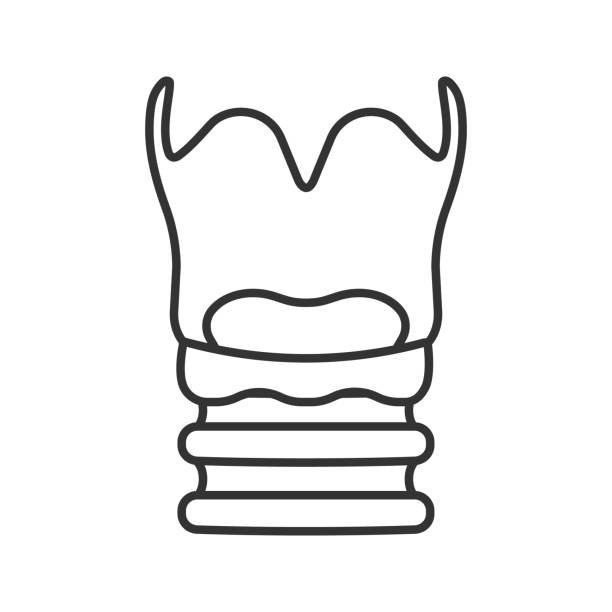
Stridor
Stridor is a high-pitched, noisy sound that occurs when a child breathes in or out. It is often a sign of an obstruction or narrowing somewhere in the upper airway. While stridor can be alarming to hear, it’s a symptom rather than a diagnosis. Understanding the cause of stridor is key to ensuring proper treatment.
Depending on the underlying cause, stridor in children may begin suddenly or develop gradually. Some common signs that accompany stridor include noisy or labored breathing, retractions (tugging in of the skin between the ribs or at the neck during breathing), hoarseness, difficulty feeding or a weak or abnormal cry. In newborns and infants, the most common cause is laryngomalacia where floppy tissue above the vocal cords collapses during inhalation. In older children, recurrent croup, airway infections or foreign body aspiration (inhaled objects) may cause stridor. Other possible causes include vocal cord paralysis, subglottic stenosis (narrowing below the vocal cords) or congenital abnormalities of the airway.
To diagnose the cause of stridor, our physicians at ENT for Kids can help. To understand stridor, our specialists will likely perform a flexible laryngoscopy. This is a quick office procedure using a small camera passed through the nose to view the voice box and upper airway. If the diagnosis is not clear or more detailed evaluation is needed, your physician may recommend direct laryngoscopy and bronchoscopy under general anesthesia. This allows our specialists to examine the full length of the airway including the voice box, trachea and bronchi identifying any structural problems, inflammation or blockages.
Management of stridor depends on the cause and severity. Mild cases, such as those caused by laryngomalacia, may only require monitoring and supportive care. Infectious causes like croup may be managed with medications such as steroids or breathing treatments. In more serious cases—such as airway obstruction, vocal cord paralysis, or severe narrowing—surgical intervention may be needed to secure or open the airway. Some children with ongoing airway problems may also benefit from long-term support such as speech therapy or specialized feeding support.
If your child develops stridor, especially if it is persistent, worsening, or associated with breathing difficulty, it is important to seek medical attention promptly. Early evaluation by our providers at ENT for Kids can ensure the underlying cause is identified and managed safely, helping your child breathe more comfortably and avoid complications.
If you’re concerned about your child’s breathing, please talk to your pediatrician or reach out to us to arrange a consultation.